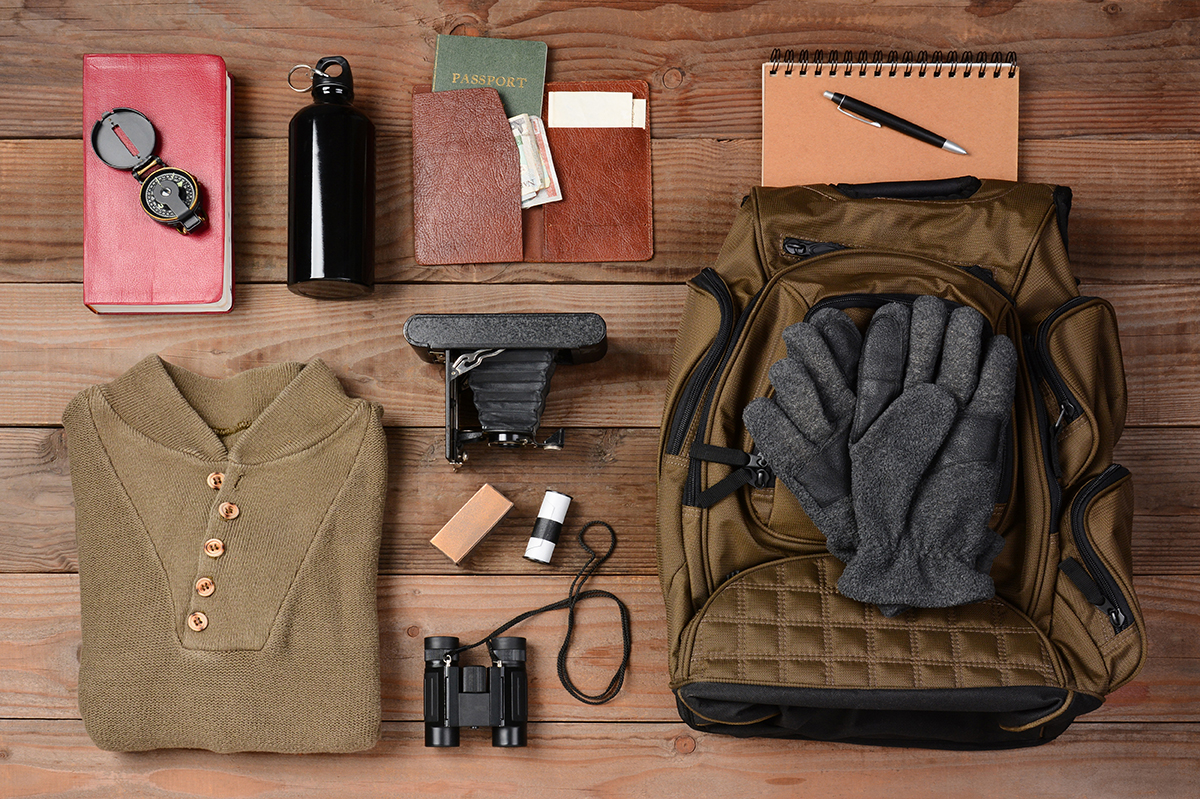Packing Smart for Alaska: Essential Layers and Gear

When preparing for a trip, few destinations require the thoughtful approach that Alaska demands—especially if you’re headed there on a cruise. With its breathtaking fjords, snow-dusted mountains, and vast wilderness, Alaska is a land of dramatic contrasts, not just in scenery but in weather. One minute you may find yourself basking in the sun on the deck of a ship, and the next you could be bracing against a chilly breeze as you watch glaciers calve into the sea. That’s why packing smart—and especially packing in layers—is essential to making the most of your Alaskan adventure.
Understanding Alaska’s Unique Climate
Alaska’s weather is famously unpredictable. Even in summer months, temperatures can range widely throughout the day, from the upper 30s in the early morning to the mid-60s or even 70s in the afternoon. Coastal areas like Juneau, Ketchikan, and Skagway—popular stops on Alaskan cruise itineraries—tend to be cool and damp. Rain is common, and even a light drizzle can feel quite cold when the wind picks up.
Given these conditions, packing for comfort and versatility becomes crucial. Forget trying to pack one perfect outfit for each day; instead, think in terms of layers that you can add or shed as the temperature and your activities change.
The Three-Layer System
To stay warm, dry, and comfortable while exploring Alaska, adopt a three-layer clothing system:
1. Base Layer
This is the layer worn directly against your skin, and its primary job is moisture management. Look for materials like merino wool or synthetic fabrics, which wick sweat away from your body and dry quickly. Avoid cotton—it retains moisture and can make you feel clammy and cold.
A lightweight thermal top and bottom are excellent choices. Depending on your cold tolerance, you might also consider a midweight base layer if you’re planning outdoor excursions like glacier hiking or dog sledding.
2. Insulating Layer
The second layer traps your body heat to keep you warm. This could be a fleece jacket, down vest, or lightweight puffer jacket. Down is highly effective for insulation, but synthetic materials work well too and are better at staying warm when wet.
If you tend to run cold or anticipate spending extended periods outside, a midweight fleece or insulated jacket is essential. For extra versatility, consider layering a vest over a fleece or under a shell.
3. Outer Layer (Shell)
The outermost layer protects you from wind, rain, and snow. A waterproof and windproof shell jacket is a must-have for Alaska. Choose a breathable material like Gore-Tex or a similar fabric that lets moisture escape while keeping rain out. Make sure it has a hood, adjustable cuffs, and sealed seams for maximum protection.
Some travelers opt for a packable rain jacket that folds into its own pocket—a smart option if you’re tight on luggage space. Don’t forget waterproof pants if you’re planning active excursions.
Footwear and Accessories
Proper footwear can make or break your comfort during port excursions and deckside sightseeing. Waterproof hiking shoes or boots with good traction are ideal, especially for shore excursions that involve walking on uneven or damp terrain. Some travelers bring a second pair of shoes, like sneakers or casual slip-ons, for time spent aboard the ship.
Warm socks—preferably wool or synthetic—will keep your feet dry and cozy. Pack several pairs so you can change into a fresh set if your feet get wet.
Accessories matter more in Alaska than you might expect. A warm beanie or hat, gloves (preferably waterproof), and a neck gaiter or scarf can make a world of difference in staying comfortable outdoors. Polarized sunglasses are essential, too—the sun reflecting off snow or water can be surprisingly intense, even on cooler days.
Gear to Consider
In addition to your clothing layers, certain gear can enhance your cruise experience:
- Binoculars: Wildlife sightings are a highlight of any Alaska cruise, from whales breaching in the distance to eagles soaring above the treetops. A compact pair of binoculars ensures you won’t miss these unforgettable moments.
- Daypack: A small, weather-resistant backpack is useful for carrying essentials during excursions—like snacks, a water bottle, extra layers, and a camera.
- Camera or Smartphone with Zoom: The landscapes and wildlife in Alaska beg to be photographed. Whether you’re using a DSLR or just your phone, ensure it’s protected from rain or sea spray with a waterproof case or pouch.
- Reusable Water Bottle: Staying hydrated is important, even in cooler climates. Most cruise ships have refill stations onboard, and a sturdy water bottle is handy during excursions.
- Swimsuit: It may seem counterintuitive, but many cruise ships offer heated pools or hot tubs. After a chilly day of sightseeing, a soak with views of the surrounding mountains can be incredibly relaxing.
Packing Tips for the Cruise Itself
Onboard life on an Alaska cruise is typically more relaxed than on tropical itineraries. Think practical and cozy. Comfortable casual wear, including sweaters and long pants, will serve you well indoors. That said, bring at least one dressy outfit if your cruise includes formal dining nights or events.
Laundry facilities are often available onboard, so you may not need to overpack. Travel-sized detergent and a sink stopper can also come in handy for washing base layers or socks in your cabin.
Don’t forget seasickness remedies—Alaska’s Inside Passage is relatively calm, but the open ocean can still get choppy. Motion sickness bands, ginger candies, or over-the-counter medications are smart additions to your bag, just in case.
Final Thoughts
Packing smart for Alaska is all about embracing the unpredictable and preparing for a range of conditions. With thoughtful layering and the right gear, you’ll be ready to enjoy everything from glacier walks and wildlife encounters to relaxing evenings watching the sunset over the fjords. An Alaska cruise offers a front-row seat to some of the most awe-inspiring scenery on Earth—being well-prepared lets you focus on soaking it all in, instead of worrying about the weather.







